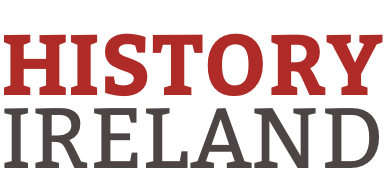A New History of Ireland VII, Ireland 1921–1984
A New History of Ireland VII, Ireland 1921–1984 J.R. HILL (ed.) (Oxford University Press, £125) ISBN 0198217528 In 1962 the New History of Ireland (NHI) was first conceived. Seán Lemass was taoiseach, and Harold Macmillan occupied 10 Downing Street. Like Pandit Nehru, Chairman Mao and T.W. Moody, they are gone now: only Fidel Castro, … Read more
